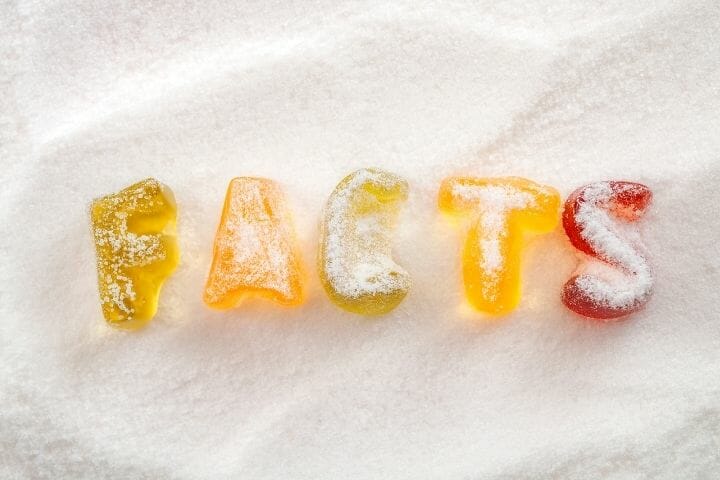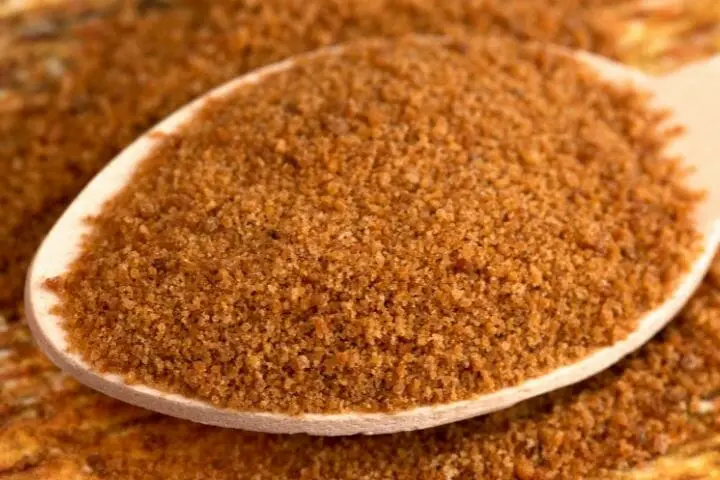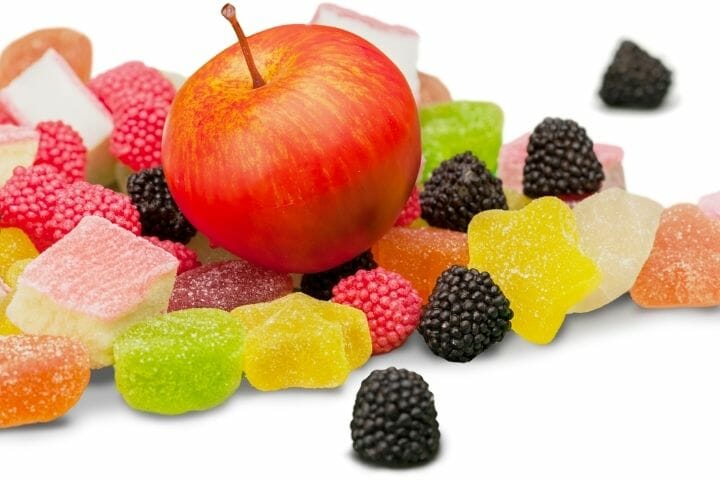Sugar is termed a silent killer which causes many diseases. But imagining food without sugar is also difficult! So how much sugar is enough as you age? Let’s find out what the available literature has to say about this.
Contents
Everywhere you look, sugar may be found lurking in the shadows. US government agencies modified the official Nutritional Guidelines for 2015-2020 to limit the amount of added sugars in processed foods that people should consume each day.
So, what is the limit? Is it okay to have a small bit of sugar every day, or is it better to stay away from it altogether? Everything you need to understand about your daily sugar intake may be found here.

How Much Sugar Should You Consume in a Day?
This is a complex question with no coherent response. Although a little quantity of sugar may be tolerated by some people, others should avoid it at all costs.
As to the American Heart Association (AHA) guidelines, you should limit your intake of added sugar to the following:
- Males: A daily caloric intake of no more than 150 calories is recommended for men (37.5 grams or nine teaspoons)
- Females: Women should consume no more than 100 calories every day (25 grams or six teaspoons)
For example, a 12-ounce (350-milliliter) can of Coke is 130 calories from added sugar and a Chocolate bar is 110 calories from added sugar.
According to the US dietary standards, persons should restrict their consumption to less than 10% of their overall daily calorie intake. This is around 12.5 teaspoons of sugar each day, based on a 2,000-calorie diet.
Recommendations based on a healthy and active lifestyle should be taken into consideration. These modest amounts of sugar will most likely be burned up without inflicting you any damage.

Consequences of Too Much Sugar
Too much added sugar, which food producers add to their goods to enhance flavor or lengthen shelf life, can cause health issues. Most processed goods in the United States are a major source of sugar in the diet of the average American. For example, Brea, cured meats, ketchup, and soup are all sweetened in some way or form.
As a result, we’re ingesting far too much added sugar. As per the National Cancer Institute, American males consume 24 teaspoons of added sugar each day on average. That’s a total of 384 calories!
Obesity and diabetes are well-documented consequences of excessive sugar consumption. Several studies have shown that sugar may have a detrimental effect on cardiovascular health as well.
So it is clear from the preceding paragraphs that excessive consumption of sugar negatively influences our health. So, here are some foods and beverages to steer clear of if you’re concerned about too much-added sugar:
Avoiding Liquid Sugar:
Liquid sugar is the sugar found in drinks like soda, juice, and energy drinks. As a result of its inability to fill you up, it is likely to have several adverse impacts on your health. To avoid overconsumption, stick to tea, coffee, or water instead.
Avoiding Packaged Foods:
Foods packaged or processed often contain harmful substances to enhance their flavor or shelf life. Salt, sugar, artificial colors, flavorings, and preservatives are those elements. In terms of nutritional value and sugar content, prepackaged foods are at the bottom of the food chain.
Most morning cereals, cookies, sugary drinks like sodas and alcoholic beverages, deli meats and frozen pizza, and salty snacks like chips are included. Even though they may be tasty, the extra additives in these meals are harmful to your health.

Avoiding Cereals and other foods
Cereal is not a wise option for anyone with high blood sugar or diabetes for breakfast. Several popular kinds of cereal feature sugars and refined grains at the head of the ingredient list.
Those breakfast cereals are nutrient-poor and high in empty fats and sugars. Foods like sugar-sweetened drinks and other foods that raise your blood sugar levels, such as white bread, rice, pasta, and cereal, also fall under the category of foods that you should avoid.
Swapping Added Sugars for Natural Alternatives
There must be a distinction between naturally occurring sugars and those added to food. Water, fiber, and various micronutrients are all included in these meals. Sugars that are naturally occurring are good, but added ones are not.
Candy and many packaged foods that are highly processed, such as soda and baked goods, contain a significant amount of added sugar. Conventional table sugar (sucrose) and high fructose corn syrup are the most frequent added sugars.
Avoid meals that have added sugars to improve your health. Added sugars should account for no more than 10% of total calories, according to the American Heart Association’s Dietary Guidelines for Americans.
While white sugar and artificial sweeteners might satisfy your want for sugary treats, Shanna Shultz, a registered dietitian and in-store nutritionist at a Giant Food Store in Harrisburg, Pennsylvania, recommends utilizing stevia or monk fruit, which are both natural non-caloric natural sweeteners. Stabilizing your blood sugar may also be a benefit of using stevia.
According to her, you may buy powdered or drop-in packets to sweeten coffee or tea or powdered forms to use in recipes. As per the Harvard School of Public Health, Monk fruit is 100 to 250 times sweeter, and stevia is 200 to 400 times sweeter than sugar, so you only need a tiny quantity to acquire the desired flavor.

How To Spot Added Sugar On Food Labels
Fruit Drinks, cake, soda, candy all have added sugars in them. But It’s also found in non-sweet foods such as salad dressings, crackers, yogurt, bread, spaghetti sauce, barbeque sauce, and morning cereals.
Examining a product’s components will reveal if it has any added sugar. See if you can find any terms that finish in “ose,” like “fructose,” “dextrose,” or “maltose” (see “The common names of added sugars used by food companies“).
Nutrition Facts labels do not mention added sugars since the sugar count includes both natural and added sugars. Fortunately, new nutrition labels will be a tremendous assistance.
Sugar added and total sugar content will be stated on all labels by the end of this year, making it much easier to identify too sweet goods. Until then, you may check the sugar content of a product to make sure it does not exceed the recommended limit.
Wrap Up
In the end, it’s critical to discover the ideal daily sugar consumption for your unique body type. A small amount of sugar in the diet is tolerable for some people, but it leads to cravings, binge eating, fast weight gain, and sickness for others.

Determine what actually works for you as well as what doesn’t, and then use that information to improve your life. Please let us know if there’s anything you think we’ve missed or if you have any suggestions for how we can improve this guide.
If you liked the article, please share it with others and mention us on your social networking sites. Your shares can help increase awareness about the harmful effects of sugar and how you can avoid eating sugar to the maximum extent possible.
